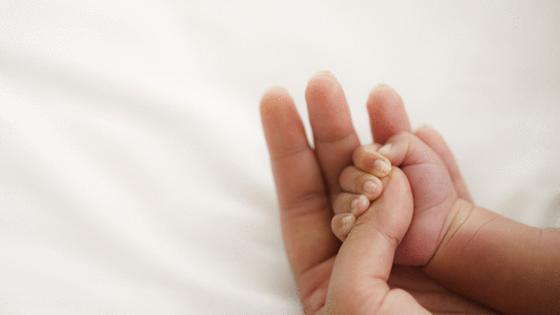New device could identify which babies will struggle with breastfeeding
Published in Women
Doctors traditionally use a finger to gauge how well a baby suckles, but researchers at UC San Diego have come up with a new way to more precisely measure just how well each child gets the job done.
Led by engineer James Friend, a team in the university's Medically Advanced Devices Laboratory rigged up a "non-nutritive suckling system" by connecting a digital vacuum sensor to an ordinary disposable pacifier, allowing for 60 seconds of real-time continuous measurement.
"We establish normative data for the mean suck vacuum, maximum suck vacuum, suckling frequency, burst duration, sucks per burst, and vacuum signal shape," the authors said, noting that sophisticated statistical analysis and even machine learning, a fundamental method of what many call artificial intelligence, was brought to bear to sift patterns from the analysis of 91 babies measured with the device.
Some might wonder, what's the point? Why so much focus on measuring and analyzing the most basic of human reflexes?
Co-author Erin Walsh, a speech pathologist and lactation consultant who works in UC San Diego's Center for Voice and Swallowing, said that measuring sucking force can help detect ankyloglossia. Commonly called "tongue-tie," this condition occurs when a ridge of tissue called a lingual frenulum under the tongue restricts range of motion, decreasing the maximum suckle a baby can generate.
When tongue-tie is thought to create breastfeeding difficulties, doctors can conduct a minor surgery called a frenotomy to snip the tissue and increase range of motion, though there has recently been some debate in pediatric medicine that this procedure is overprescribed.
The UC San Diego effort is far from the first to attempt to quantify baby sucking power. A team in Italy, for example, used pressure sensors connected to a pacifier to measure forces, publishing in 2015. Korean researchers used a pressure sensor in 2023 to take similar measurements. But the UCSD paper notes that work to date has been focused around premature babies who often receive their nutrients through feeding tubes, leaving clinicians guessing about when their suckling reflex has developed well enough to move to bottle or breastfeeding.
Data collected on the babies measured during the UC San Diego study did find "outliers" with lower-than-average sucking force and was able to pick up on an increase in vacuum power after frenotomy. But measurements also showed little gains for those whose force measured normal where frenotomy was performed, suggesting that some of these surgeries may indeed be unnecessary.
But tongue-tie is thought to affect only about 7 percent of births.
Friend said that using a sensor to quantify vacuum force is likely to have broader application in helping to quickly diagnose the root cause of breastfeeding difficulties shortly after birth.
...continued
©2024 The San Diego Union-Tribune. Visit sandiegouniontribune.com. Distributed by Tribune Content Agency, LLC.







Comments